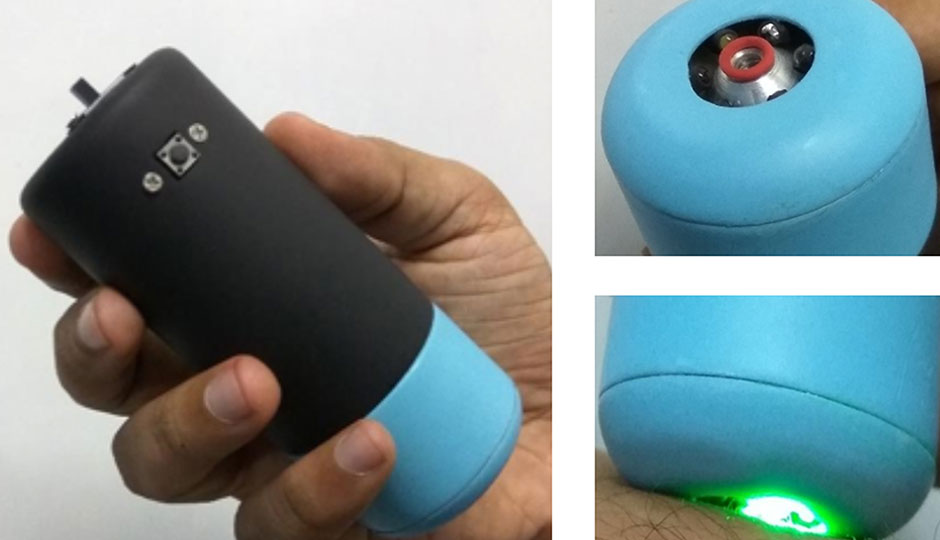
Comparison of various available domestic water purifiers and building the basic understanding and knowledge data base
PI: Prof. Sanjay Mahajani, Chemical Engineering
Co-PI: Dr. Murali Sastry, CEO, IITB – Monash Research Academy

Also a wide understanding of the available technologies, products and methods is needed to be developed in our group. To begin with the comparative study of these purifiers, we want to establish a water lab at Tata Centre, where we can test these purifiers for performance and reliability. We expect that at the end of the study, we can have quantitative and qualitative performance data for these purifiers which later on can be used as a guideline for selection and deciding the rating of the products. In a country like India, where water scarcity is growing day by day, there are many issues relating to water. This has meant that there are a dozen firms that are trying to make the best of the situation. There are several attempts to conserve water and also to provide water which is safe and pure. This study will be performed keeping in mind urban and most of the rural population. Also, this study will give insight about the existing water filtration market. A database will be created to be used in future for baseline studies. As the basic problem of drinking water is targeted, the concrete data base can be used in educating people as well as the manufacturers.

